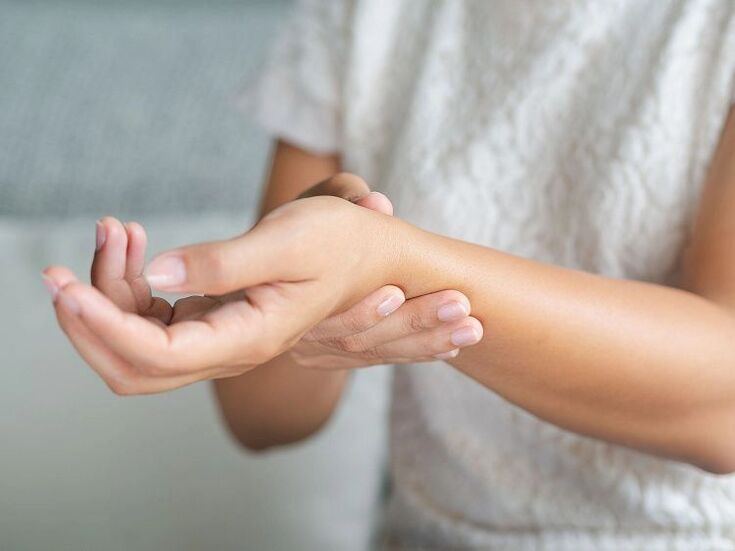
reason
- genetic predisposition;
- Infectious diseases with serious course;
- Incorrect hormone concentrations in the body;
- autoimmune diseases;
- Strenuous physical activity, overexertion;
- joint damage;
- Congenital abnormalities in joint tissue development;
- Complications after surgical treatment;
- Abuse of alcohol;
- hypothermia;
- Stressful situations often arise.
Quotes from experts Over time, joint disease can lead to arthritis. Arthritis can lead to joint disease. That is, these disorders often occur in pairs, but they can also occur alone as independent disorders. You just have to consider that if the joints are not treated, arthritis will develop.
What does arthritis mean in arthritis?
- Focuses of arthropathy, damage to the circulatory system and gastrointestinal organs may occur. This triggers an inflammatory process in the joint;
- Weakening of muscle and bone tissue. The patient has progressive instability in his upper and lower limbs;
- Decreased immunity and the body's inability to respond to external environmental stimuli;
- Disrupt the operation of internal systems.
Variety
- Reactive, progresses when infected with pathogenic microorganisms. More common in people with chronic illnesses;
- Rheumatoid arthritis involves the spread of an inflammatory process into connective tissue, resulting in limited movement of the upper and lower limbs;
- Crystallization, which progresses as metabolism is impaired. Characterized by high salt concentration in the body;
- With forms of psoriasis, the risk of skin disease increases. Arthritis is accompanied by swelling and swelling in various parts of the body;
- Infectious disease progresses in the context of various acute or chronic infections. More commonly diagnosed in large joint tissue.
may be confused with what
How to get rid of arthritis symptoms
- Stop drinking, taking drugs, and smoking;
- avoid stressful situations;
- normalize diet;
- Exercise every day;
- Take frequent walks where the air is fresh;
- Control blood vessel pressure levels;
- becomes hard in the morning;
- Avoid passive smoking.
When and which doctor to contact
Treat arthritis with joints
medical treatement
- Nonsteroidal anti-inflammatory drugs can reduce pain in patients;
- Chondroprotectants accelerate cartilage repair;
- Muscle relaxants relieve cramping and discomfort.






























